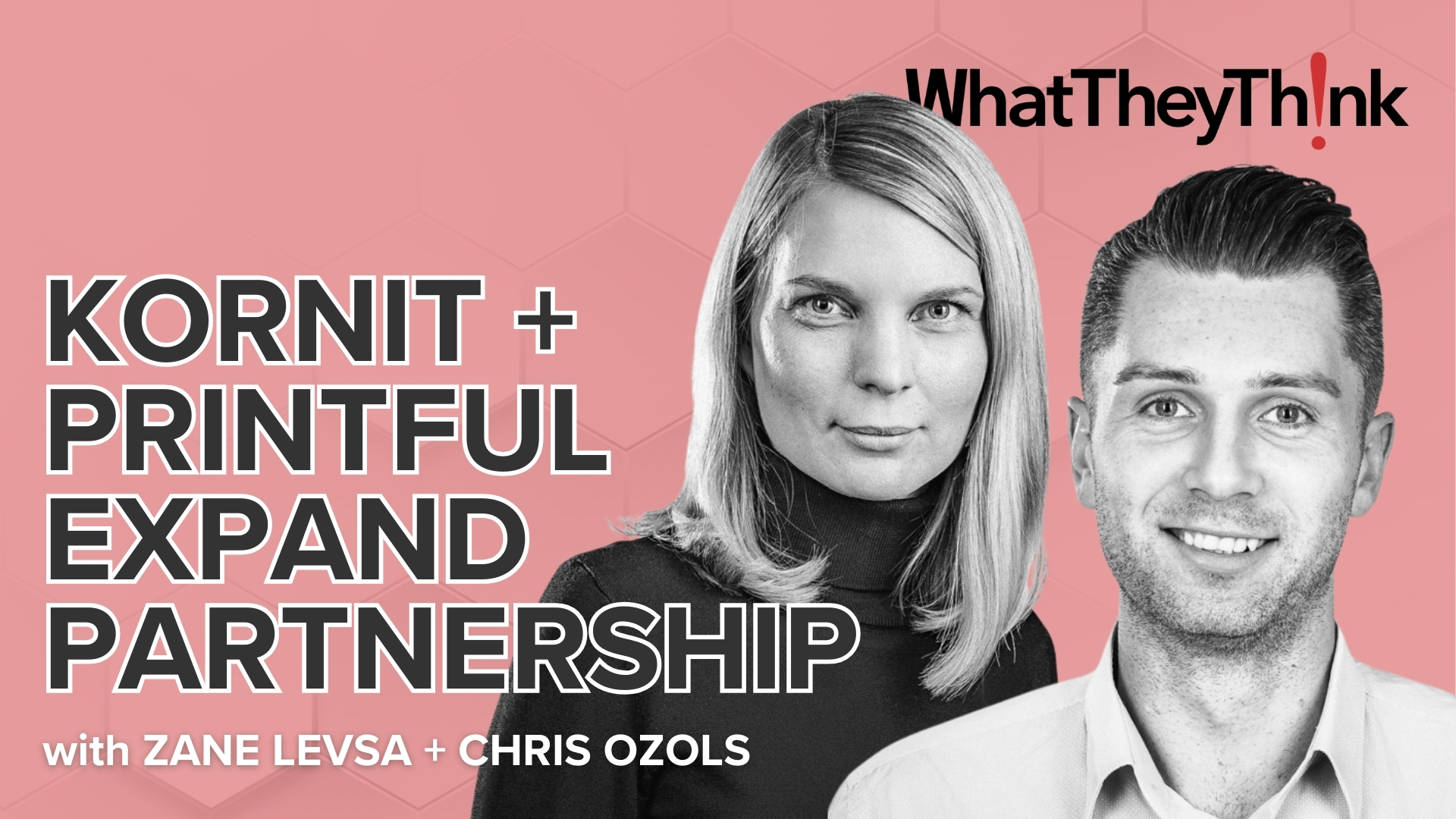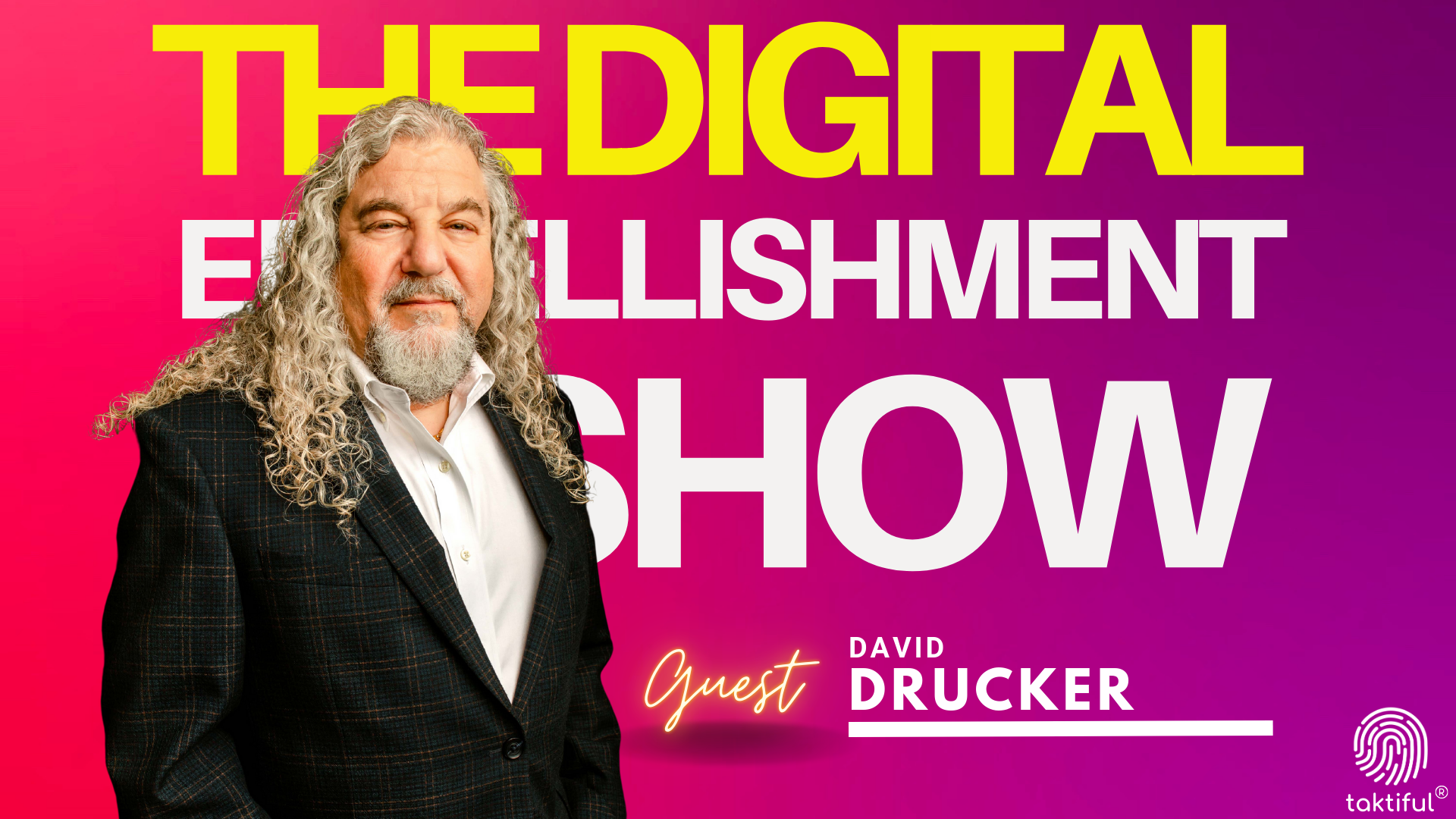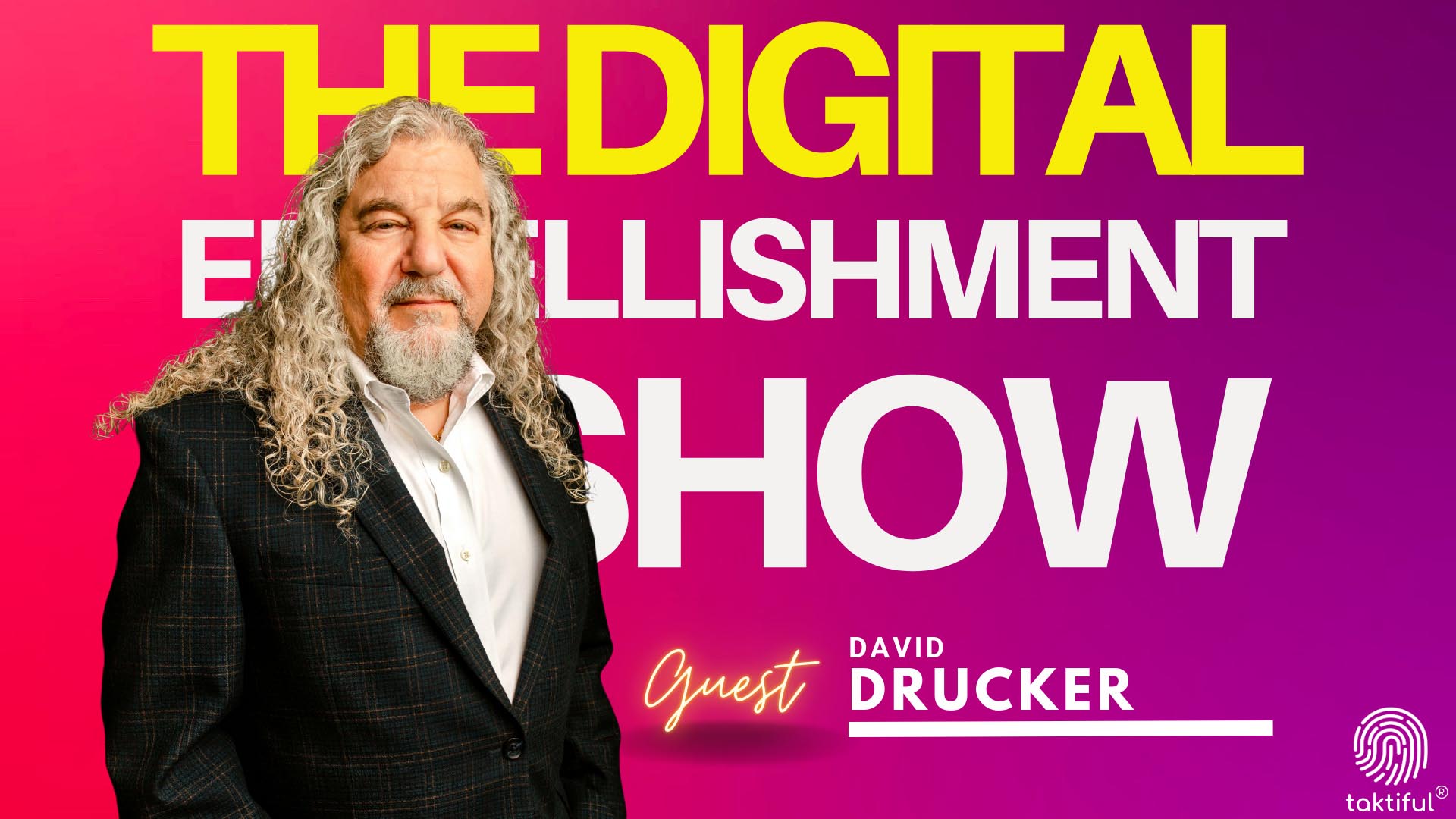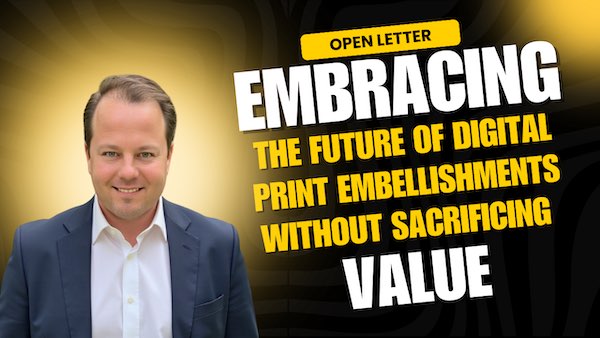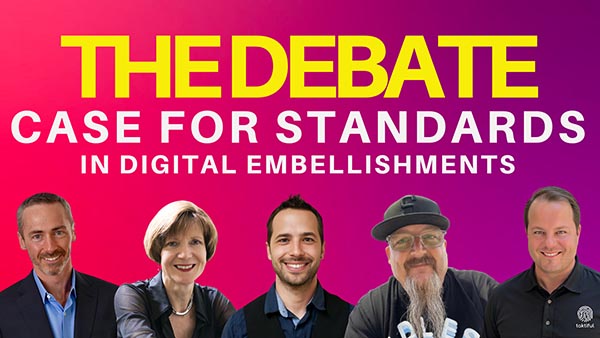Premium Commentary & Analysis
Cause An Effect: There Are Multiple Factors to Consider When Estimating for Digital Embellishments
Whether hand-applied, mechanized, or as today increasingly digitized, the embellishment of printed materials to give eye-catching effects has always been an expense on top of the basic print. They are time-consuming and may use more costly materials than standard pigments—but how exactly do you accurately estimate those costs in advance? WhatTheyThink contributor and Taktiful president Kevin Abergel looks at some strategies for creating estimates that won’t scare off the customer or cause the print provider to suffer a loss.


